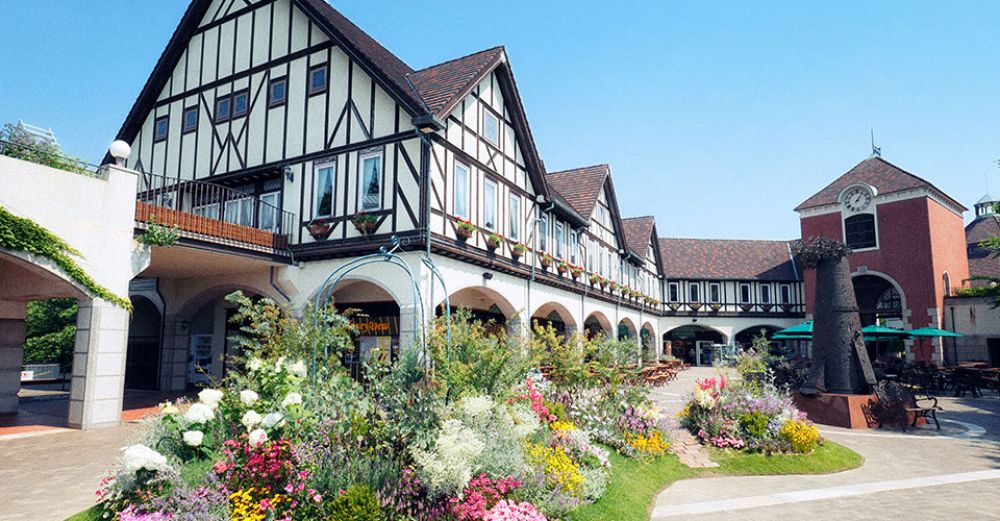

Rokko Mountain, located in Kobe, Japan, has been an iconic destination for both domestic and international tourists for many years. The history of tourism to Rokko Mountain dates back to the early 20th century when it became popular among foreign residents looking for a retreat from the summer heat of the city. Since the establishment of Kobe as a port city in 1868, the mountain has seen a steady increase in visitors.
Tourism began to flourish in the area after the construction of the Rokko Cable Line in 1932, which allowed easier access to the mountainous area. The cable car brought visitors to an elevation of 727 meters, where they could enjoy the cooler temperatures and scenic views. Subsequently, the opening of the Rokko Mountain Observatory in 1932 further enhanced its appeal, offering breathtaking panoramas of Kobe and the surrounding area, including the striking view of Osaka Bay.
After World War II, Rokko Mountain saw an unprecedented boom in tourism. Japan's rapid economic growth in the 1950s and 1960s led to increased leisure time and disposable income, contributing to a rise in domestic tourism. Facilities such as hotels, onsen (hot springs), and recreational spots multiplied, drawing more visitors to enjoy the varied leisure opportunities available on the mountain.
In the late 20th century and into the 21st century, Rokko Mountain continued to evolve as a tourist destination. The addition of attractions like the Rokko Alpine Botanical Garden, the Rokko International Musical Box Museum, and multiple art installations are a testament to the mountain's broad appeal. The Rokko Snow Park for winter sports aficionados and Rokko Garden Terrace for shoppers and diners are also popular spots.
Recent trends in Rokko Mountain tourism reflect a growing concern for the environment and sustainability. Efforts have been made to preserve the natural beauty of the mountain while providing ecological educational experiences for visitors. Programs such as guided nature walks and sustainable tours have emerged, drawing in a demographic of environmentally conscious tourists.
The latest technology trends have also impacted tourism on Rokko Mountain. Social media has played a role in boosting its popularity, as visitors share their experiences online, drawing even more interest to the site. Moreover, the development of mobile apps for navigation, ticket booking, and providing interpretive content has enhanced the visitor experience significantly.
Looking forward, Rokko Mountain is expected to remain a beloved destination, with continuous enhancements and the introduction of new attractions to keep up with the dynamic demands of global tourism. With a rich history, diverse offerings, and commitment to sustainable practices, Rokko Mountain's legacy as a premiere sightseeing location in Kobe is set to continue for generations to come.